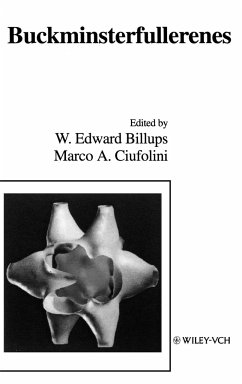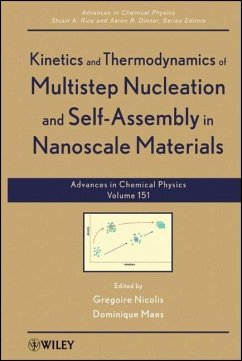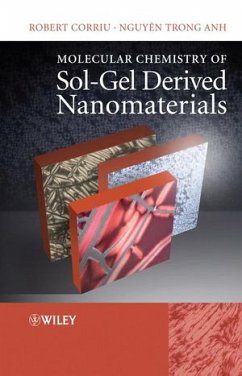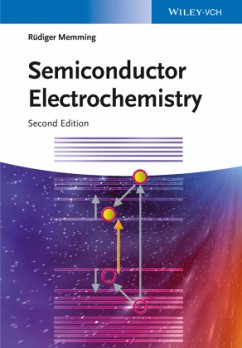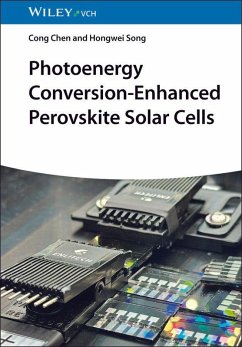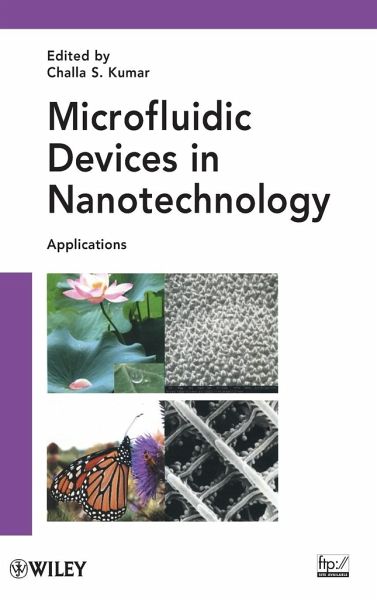
Microfluidic Devices Nanotech Appl
Versandkostenfrei!
Versandfertig in über 4 Wochen
170,99 €
inkl. MwSt.
Weitere Ausgaben:

PAYBACK Punkte
85 °P sammeln!
This is the first book to discuss the developments in microfluidics coupled with nanotechnology. This approach is a revolutionary way for growing numbers of investigations to replace, in the future, conventional synthesis of nanomaterials and nanomaterials-based analytical methods by lab-on-a-chip systems combining micro fluidic devices with nanotechnology. Exciting applications range from chemistry, biology, molecular and cell biology, neuroscience, catalysis and nanomaterial's synthesis.. With reviews by world-recognized microflluidic and nanotechnology experts, this authoritative work provides strong scaffolding for futuristic applications utilizing synergy from two powerful scientific elements.
Explores the latest applications arising from the intersection of nanotechnology and microfluidics
In the past two decades, microfluidics research has seen phenomenal growth, with many new and emerging applications in fields ranging from chemistry, physics, and biology to engineering. With the emergence of nanotechnology, microfluidics is currently undergoing dramatic changes, embracing the rising field of nanofluidics.
This volume reviews the latest devices and applications stemming from the merging of nanotechnology with microfludics in such areas as drug discovery, bio-sensing, catalysis, electrophoresis, enzymatic reactions, and nanomaterial synthesis. Each of the ten chapters is written by a leading pioneer at the intersection of nanotechnology and microfluidics. Readers not only learn about new applications, but also discover which futuristic devices and applications are likely to be developed. Topics explored in this volume include:
New lab-on-a-chip systems for drug delivery
Integration of microfluidics with nanoneuroscience to study the nervous system at the single-cell level
Recent applications of nanoparticles within microfluidic channels for electrochemical and optical affinity biosensing
Novel microfluidic approaches for the synthesis of nanomaterials
Next-generation alternative energy portable power devices
References in each chapter guide readers to the primary literature for further investigation of individual topics. Overall, scientists, researchers, engineers, and students will not only gain a new perspective on what has been done, but also the nanotechnology tools they need to develop the next generation of microfluidic devices and applications.
Microfluidic Devices for Nanotechnology is a two-volume publication, the first ever to explore the synergies between microfluidics and nanotechnology. The first volume covers fundamental concepts; this second volume examines applications.
In the past two decades, microfluidics research has seen phenomenal growth, with many new and emerging applications in fields ranging from chemistry, physics, and biology to engineering. With the emergence of nanotechnology, microfluidics is currently undergoing dramatic changes, embracing the rising field of nanofluidics.
This volume reviews the latest devices and applications stemming from the merging of nanotechnology with microfludics in such areas as drug discovery, bio-sensing, catalysis, electrophoresis, enzymatic reactions, and nanomaterial synthesis. Each of the ten chapters is written by a leading pioneer at the intersection of nanotechnology and microfluidics. Readers not only learn about new applications, but also discover which futuristic devices and applications are likely to be developed. Topics explored in this volume include:
New lab-on-a-chip systems for drug delivery
Integration of microfluidics with nanoneuroscience to study the nervous system at the single-cell level
Recent applications of nanoparticles within microfluidic channels for electrochemical and optical affinity biosensing
Novel microfluidic approaches for the synthesis of nanomaterials
Next-generation alternative energy portable power devices
References in each chapter guide readers to the primary literature for further investigation of individual topics. Overall, scientists, researchers, engineers, and students will not only gain a new perspective on what has been done, but also the nanotechnology tools they need to develop the next generation of microfluidic devices and applications.
Microfluidic Devices for Nanotechnology is a two-volume publication, the first ever to explore the synergies between microfluidics and nanotechnology. The first volume covers fundamental concepts; this second volume examines applications.






